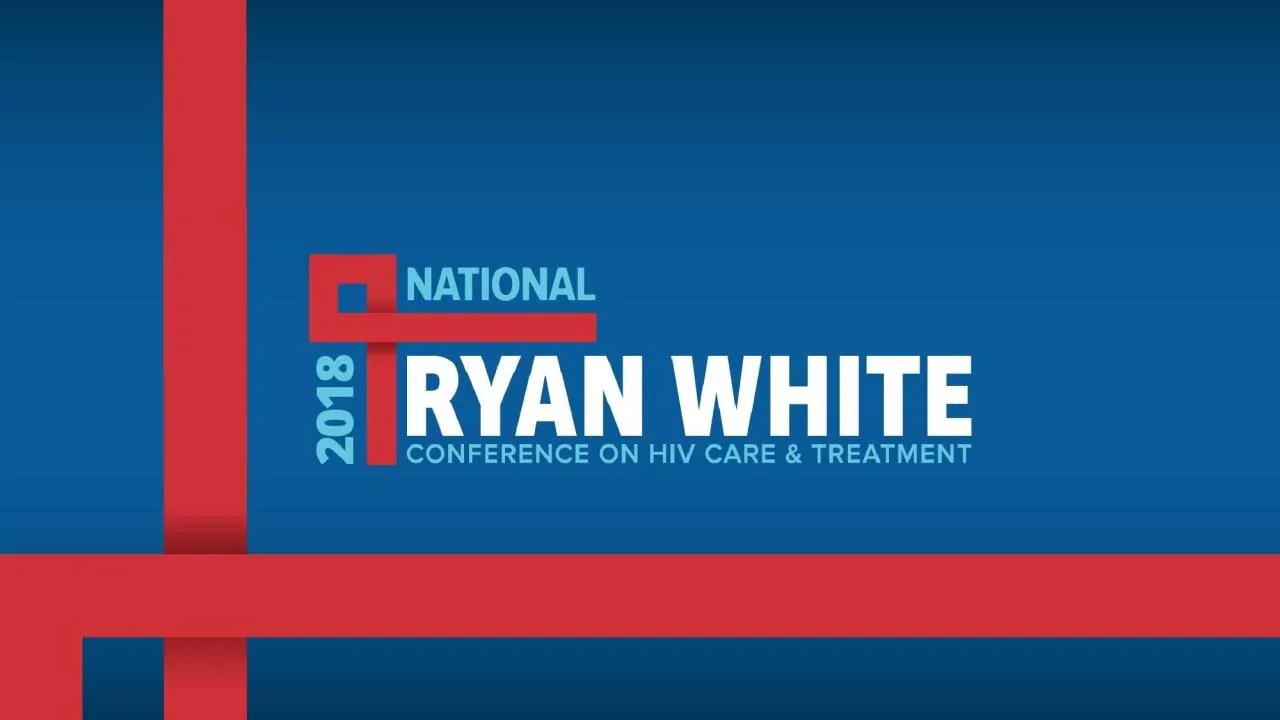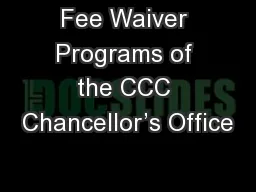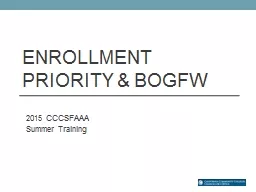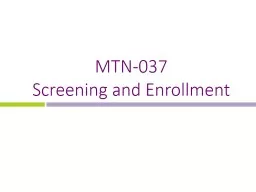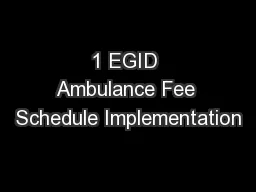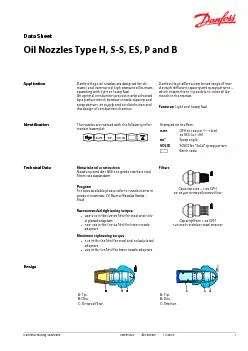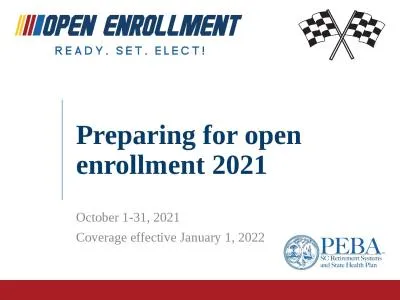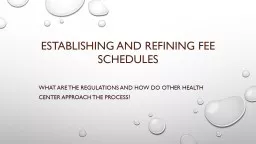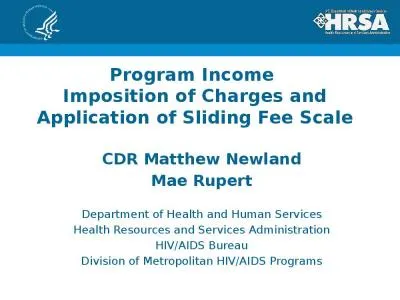PPT-Enrollment & Eligibility: From Insurance to Discounted Fee Schedule to Caps on Charges
Author : bety | Published Date : 2022-06-01
Latasha Jones MPH amp Jana Collins MS University of Kentucky Bluegrass Care Clinic Learning Objectives Identify the steps in client management enrollment and eligibility
Presentation Embed Code
Download Presentation
Download Presentation The PPT/PDF document "Enrollment & Eligibility: From Insur..." is the property of its rightful owner. Permission is granted to download and print the materials on this website for personal, non-commercial use only, and to display it on your personal computer provided you do not modify the materials and that you retain all copyright notices contained in the materials. By downloading content from our website, you accept the terms of this agreement.
Enrollment & Eligibility: From Insurance to Discounted Fee Schedule to Caps on Charges: Transcript
Download Rules Of Document
"Enrollment & Eligibility: From Insurance to Discounted Fee Schedule to Caps on Charges"The content belongs to its owner. You may download and print it for personal use, without modification, and keep all copyright notices. By downloading, you agree to these terms.
Related Documents

